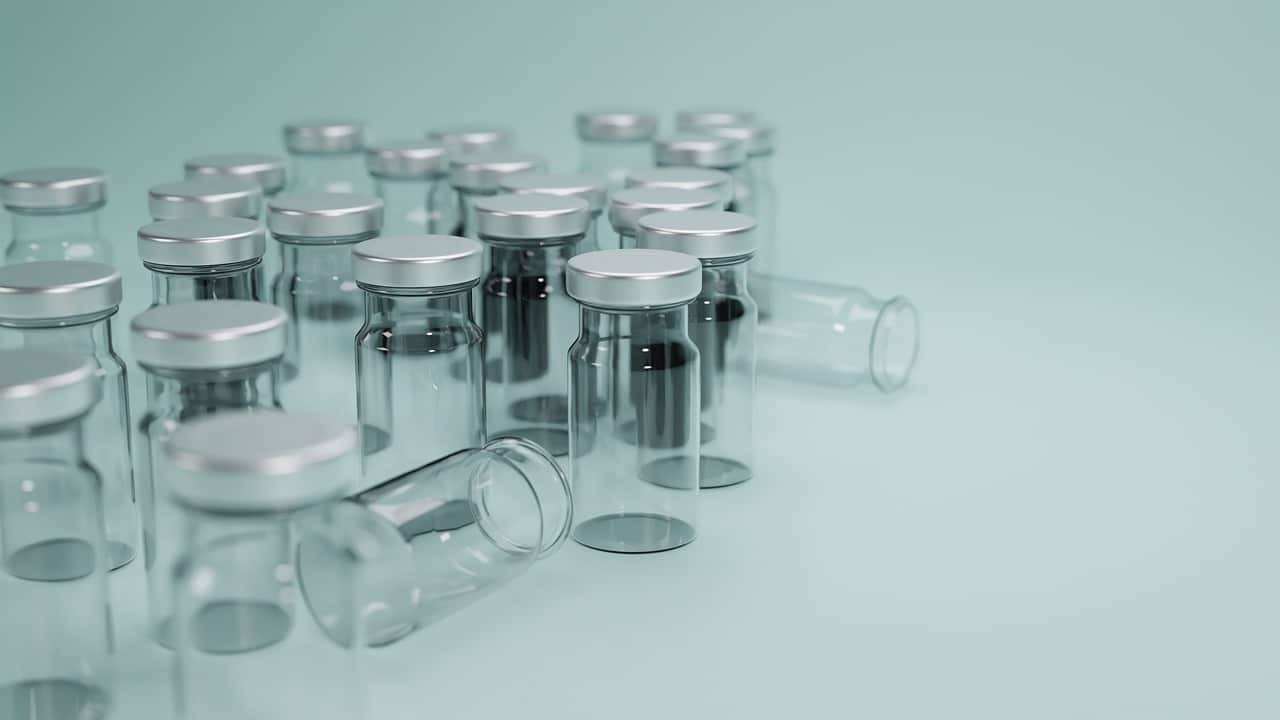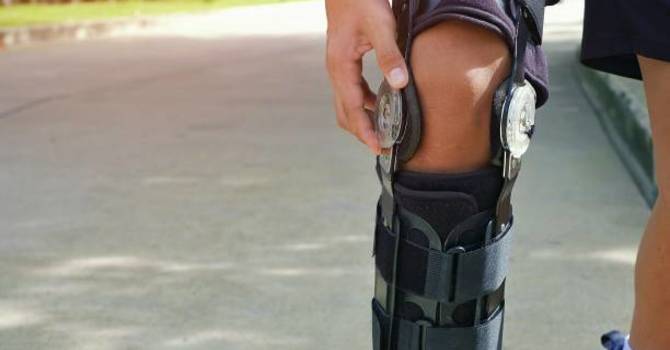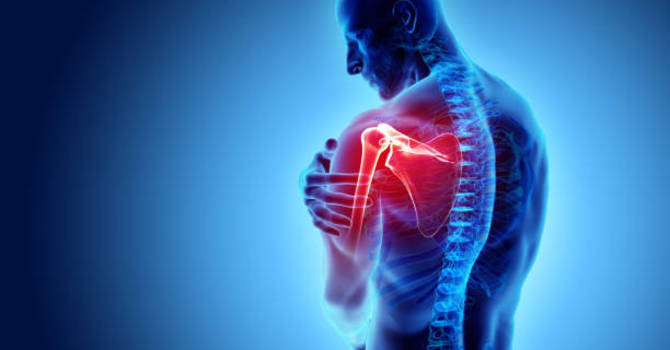
At Tulsi Wellness Club, we’re always exploring innovative ways to support healing and recovery. If you’re experiencing knee pain, you may have heard about BPC-157, a peptide known for its regenerative properties. But where should you inject it for the best results? Let’s break down the two most common injection methods: subcutaneous (SubQ) injections and localized injections near the knee.
Subcutaneous (SubQ) Injections
A subcutaneous injection means injecting BPC-157 just under the skin, usually in the lower abdomen or thigh. This method allows the peptide to enter the bloodstream and circulate throughout the body, providing systemic healing benefits.
- Pros: Easy to administer, less risk of irritation, supports whole-body recovery.
- Cons: May take longer to notice localized effects in the knee.
If you’re using BPC-157 for general healing or multiple injury sites, SubQ injections are a great option. However, for targeted knee pain relief, localized injections may be more effective.
Localized (Intramuscular or Periarticular) Injections
A localized injection means injecting BPC-157 closer to the affected area, such as around the knee joint, into the surrounding soft tissue, or intramuscularly. This method delivers the peptide directly where it’s needed, speeding up the healing process.
- Pros: More direct effect, faster relief, supports tissue repair at the injury site.
- Cons: Requires precision, may cause slight discomfort.
Which Method is Best?
Both methods can be effective, but if you want faster relief for knee pain, a localized injection is ideal. If you prefer a simpler, systemic approach, SubQ injections will still provide benefits over time.
As always, consult with a healthcare professional before starting BPC-157 injections to ensure safe and effective use. At Tulsi Wellness Club, we’re here to help you optimize your healing journey!

Dr. Devin Stone
Contact Me


